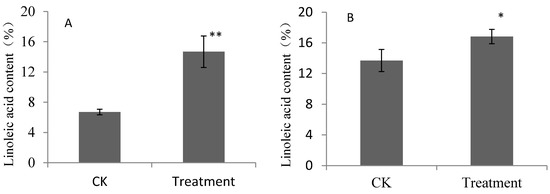Veritas629
Active member
I keep the bulk of my herb in jars and I've been using Boveda-type packs to control RH%. This works well and if left unopened, they can last a year+. Opened or unopened, eventually the aroma & flavour fades over time. I've always assumed oxidation is the Creeping Death for long term flower storage. Same as that dusty paprika hiding at the back your pantry since 2019!
While searching for desiccants at work, I found those little oxygen absorber packs used in food packets like jerky. Anyone tried limiting oxygen during storage? I reckon it can't hurt at $1 per litre, but is it genuinely useful ..

While searching for desiccants at work, I found those little oxygen absorber packs used in food packets like jerky. Anyone tried limiting oxygen during storage? I reckon it can't hurt at $1 per litre, but is it genuinely useful ..


